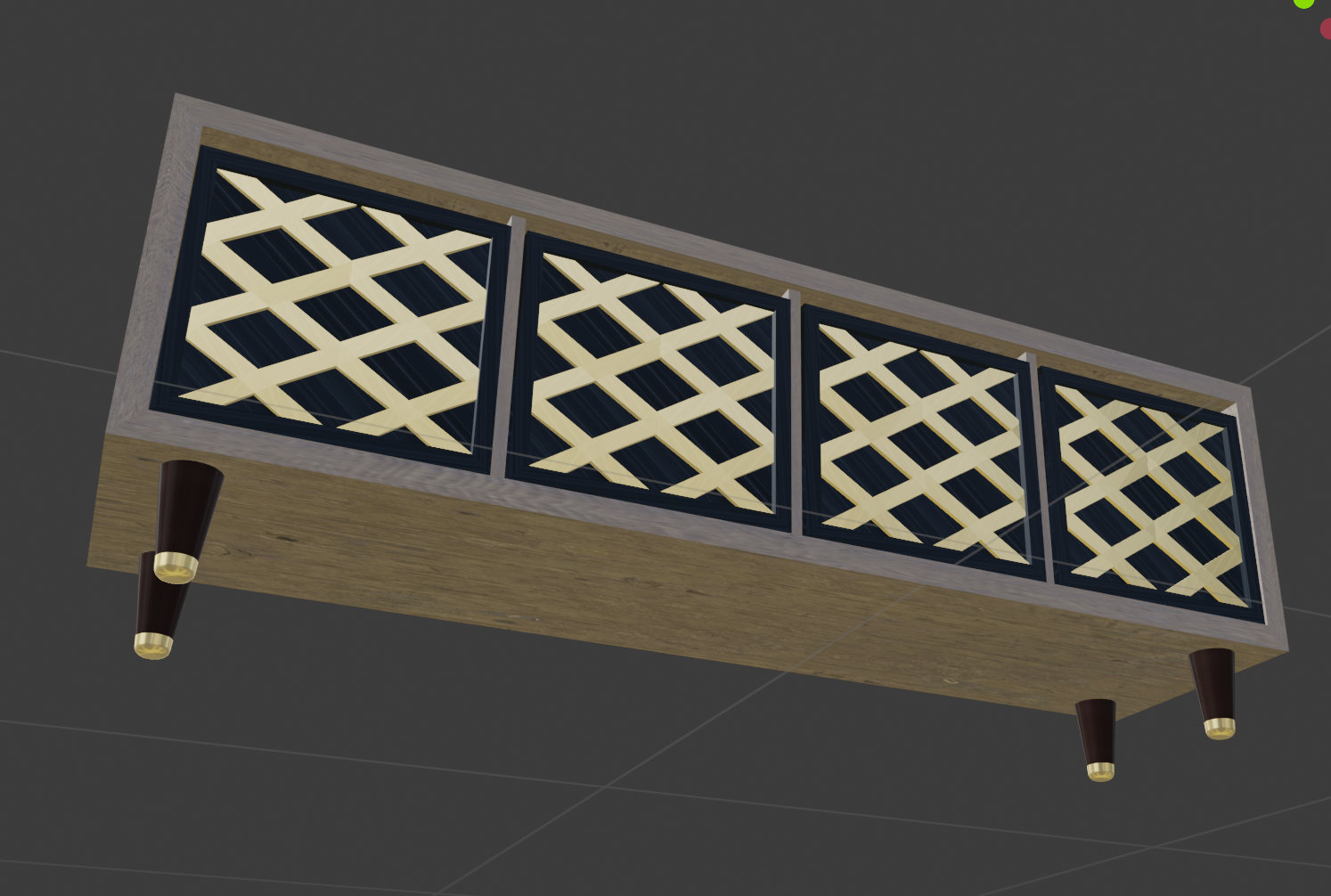Hello, I’m a Blender newbie.
I’m stuck on my models appearance. I don’t seem to grasp the bigger picture of what terminology means what and how to get it to work to apply materials on my model when I actually export.
Here is what I think I know:
UV’s - In edit mode I must strategically mark seams and creases and textures, these wrap around the model guided by those seems and creases.
Texturing and shading - a texture is a png image and shading is done directly in blender using nodes that maps to the UV. In either case they map to the UV.
PBR - is a type of shading that responds dynamically to light such as a rocky surface with shadows changing direction as light moves around it.
Baking - optional, this takes the properties of the PBR material and embeds it into the model, this changes the topology of the model. This stops the material from responding to light dynamically. Not sure how essential this is.
I have added my first attempt at realistic materials but it just didn’t export any material at all. Tried STL and OBJ exports and also same problem when I try to upload it to sketchfab.
Seems don’t seem to have taken effect either on the lattice pattern.

I didn’t bake it, is this essential because I want my models to respond to light.
Also when I marked my seems and UV’s nothing seemed to happen in the UV viewer.
In fact however I export my model and whatever software I put it in there is no material applied with the exception of packing them in a blend file.
I feel like I’m missing something big here.
UVs: yes. You got it.
textures: yes again
Shaders: shaders and materials are somewhat synonymous. They may or may not use textures that map to uvs. The shader ultimately determines how the thing looks (what it’s surface qualities are). Some element may be procedural like noise on a bump node, some may be from textures like color or roughness. All shaders interact with light. Shaders and materials typically don’t transfer software to software. You will have to reconstruct them. This is one place baking can be useful.
Baking: baking is just creating a texture map that can be used as a material property. Like roughness or metalness.
PBR is just a standardized format for shaders so that artists agree on what texture maps will be needed for material creation. It’s helpful to have a standard when working in groups and across multiple software applications.
For sketchfab you want to export textures for any properties your material makes use of and then hook those textures into the appropriate place in the sketchfab shader.
Hope that helps
Hi Kerry, I will try to answer with the best of my knowledge.
The UV is a planification of a surface area in a way you can use 2D images to give it more detais. You are right with the the close atention with the Mark Seam, as it cam become obvious depending where you put it in the model.
the texture can be a image and Belnder accept a range of formats, PNG, JPG, EXR, and others. But Blender can handle Generated Textures as well. Noise, Clouds, Wood, Musgrave are exemples and they can be used independent of the UV. The image texture can be used independent as well, but it usually don't make much sense visualy for humans.
the Shade, i think, is how the computer interprets, calculates, make magic... between the light and the object. it can, or not, have a texture in it.
PBR is a "realistic shade"? belnder guru have a long tutorial on how to make a PBR shader using nodes, but it become obsolete with the new PBR shading. it is still usefull to learn how it works.
Baking... there is a lot of Baking in Blender. generically it is to transform something Blender has to calculate every time in something "static" so it doesn't have to recalculate the same thing every time. it make renders faster and use less memory.
Baking textures: it transform some randomlly generated texture like noise or voronoi, usually a big mixture of it, in an 2D image so Blender don't need to recalculate it every time. it is good if you want to make a terrain displacement, for exemple. it has others uses, but its limitation is that you cannot easilly animate it. animate an ocean displacement is an exemple.
I hope it help.
P(hysically) B(ased) R(endering) is a way to limit shaders to be like the real world where the reflection/refraction and such things are based in reality such as by Incidence Of Refraction or a proper level of Emission from a light source...
Thanks for the guidance it’s really helpful to know what I’m understanding properly and what I’m not.
I didn’t even attempt to export any textures for sketchfab. Got way ahead of myself.
TBH it helped a lot typing it out too.